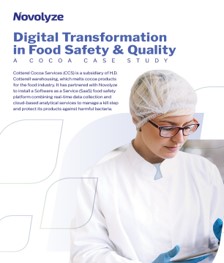Providing decontamination equipment, large scale decon services, and medical device sterilization equipment and services.
If you work for this organization and want to share more information about your products or services including product images and links to your website – contact us today.
Learn More










